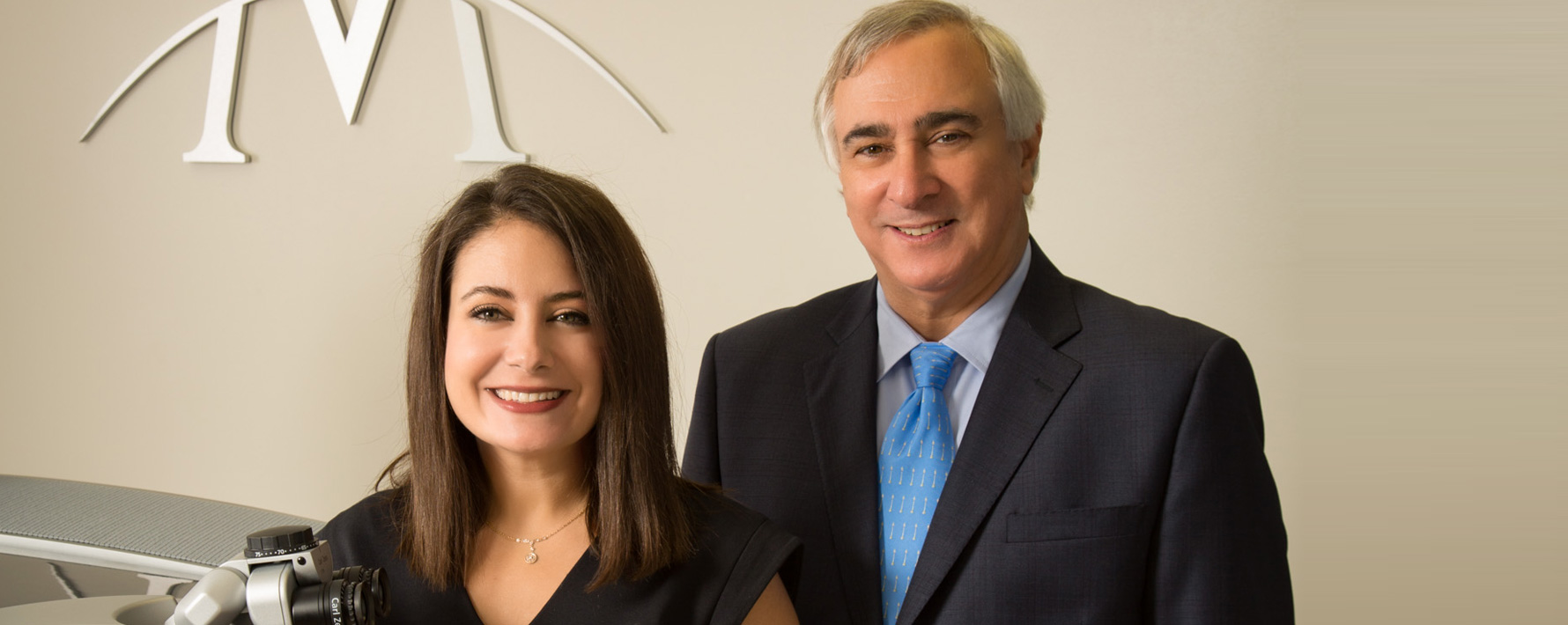PRK, which is known medically as Photorefractive Keratectomy, was the first type of corneal laser eye surgery for laser vision correction of nearsightedness, farsightedness and astigmatism. PRK has withstood the test of time and has proven to be to be a safe, effective and predictable method of laser eye surgery for millions of eye care patients.
PRK is one member of a class of corneal laser eye surgery procedures called “advanced surface ablation” where the laser used to reshape the cornea is applied to the surface of the cornea, beneath the epithelium, or “skin of the eye”. While the procedure itself is painless, some patients may experience mild discomfort during the first day or so of the healing process. The laser application during the surgery for PRK is identical to that used for LASIK. The main difference between the way PRK and LASIK is that in PRK the epithelium is removed from the surface of the cornea and the laser is then performed on the surface of the cornea. In LASIK a flap of tissue is created. Once the corneal epithelium is removed, it requires several days or more to heal. Most patients experience improved vision right away with PRK, but it takes a few weeks to achieve the best and clearest vision. We may recommend PRK, also known as Advanced Surface Ablation, as the Laser Vision Correction procedure of choice for certain patients, including those who have particularly thin corneas or certain other corneal disorders, those who actively participate in contact sports, and those in active military duty.

